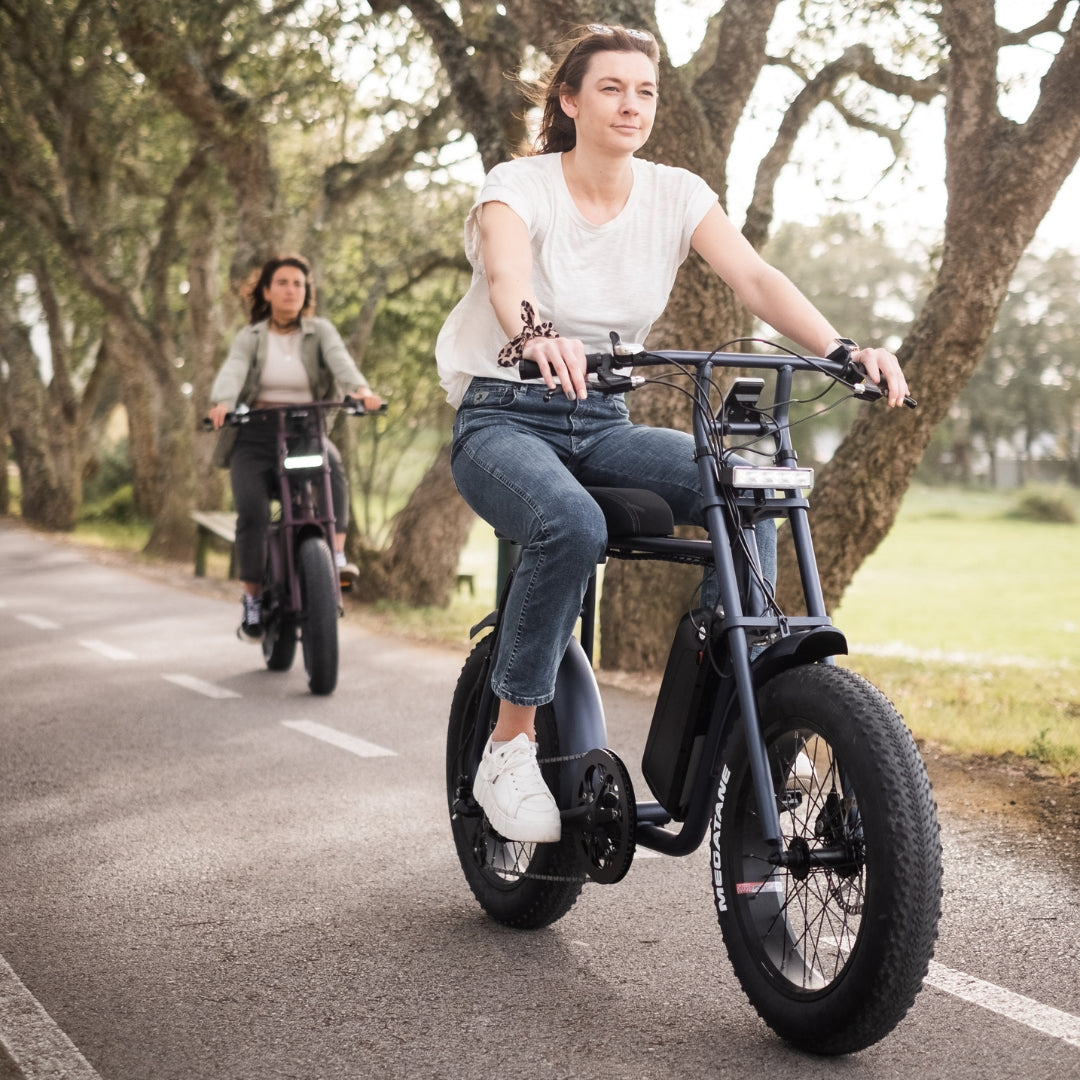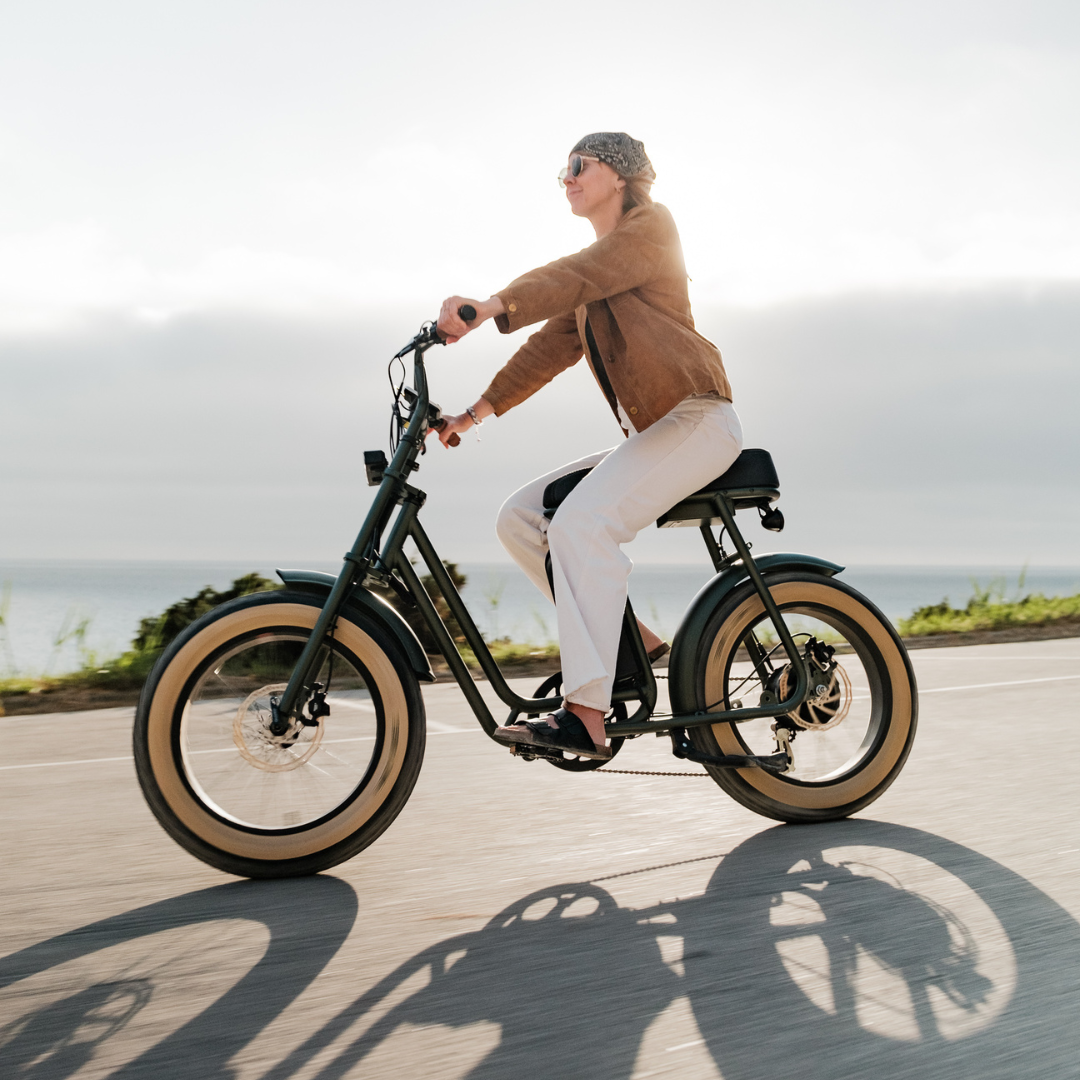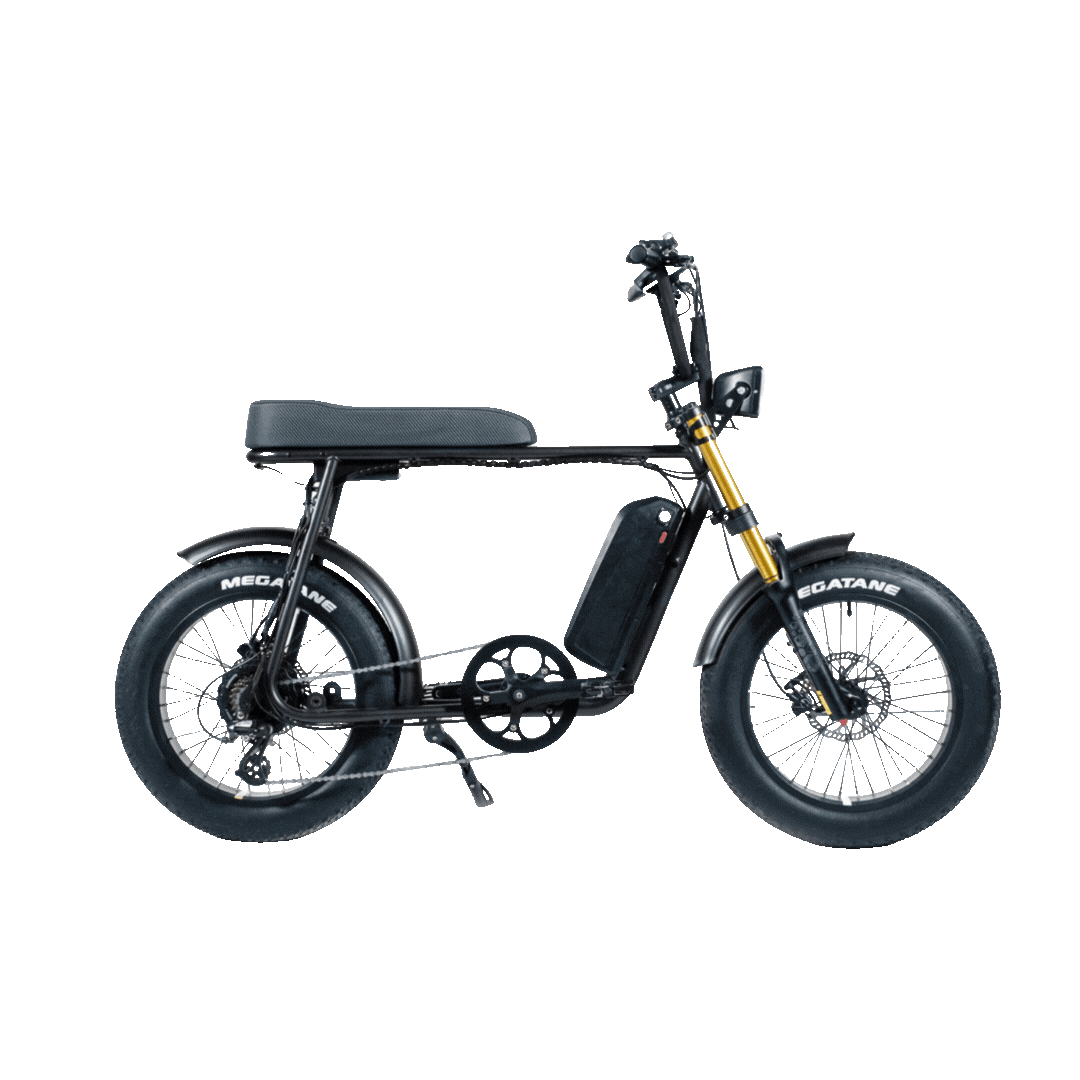E-Bike Safety and Regulations: A Comprehensive Guide for Electric Bicycle Riders
In the era of sustainable transportation, electric bicycles (e-bikes) have emerged as a convenient and eco-friendly mode of travel. However, like any other form of transportation, e-bikes come with their own set of safety practices and regulations which are different even between European countries. In this guide, we'll delve into the essential safety guidelines and regulations that e-bike riders should be aware of.

Understanding E-Bikes and Their Regulations
E-bikes are bicycles equipped with electric motors that provide assistance to the rider. They are an excellent choice for daily commuting, recreational cycling, and even long-distance journeys. To ensure a safe and enjoyable e-biking experience, it's crucial to understand the rules and regulations that govern their use. Here's what you need to know:
1. Know Your Local Laws: Regulations for e-bikes vary by region, so it's essential to familiarize yourself with the local laws and classifications. Typically, e-bikes fall into three categories:
- Class 1: Pedal-assist e-bikes with a maximum speed of 25 km/h.
- Class 2: Throttle-controlled e-bikes with a maximum speed of 25 km/h.
- Class 3: Pedal-assist e-bikes with a maximum speed of up to 45 km h.

2. Safety Gear: Safety should be your top priority. Wear a helmet at all times when riding your e-bike, regardless of the local helmet laws. Additionally, consider other safety gear such as gloves, reflective clothing, and lights for nighttime riding.
3. Stay in the Right Lane: Follow the rules of the road and stick to bike lanes, if available. If not, use the rightmost travel lane or designated bicycle paths. Be aware that in some regions, e-bikes may be allowed on sidewalks, but local laws vary.
4. Respect Speed Limits: Ensure you adhere to the maximum speed limits for your e-bike class. Excessive speed not only endangers your safety but may also result in legal consequences.
5. Signal Your Intentions: Use hand signals to indicate your turns and stops, just as you would on a regular bicycle. This helps other road users anticipate your movements.

6. Keep Your E-Bike Well-Maintained: Regular maintenance ensures that your e-bike functions properly. Check your brakes, lights, and tires before each ride.
7. Understand Battery Safety: Electric bike batteries are generally safe but should be used and charged as per the manufacturer's instructions. Avoid exposing the battery to extreme temperatures and charge it only with the recommended charger.
8. Be Mindful of Pedestrians: When sharing paths or sidewalks with pedestrians, be courteous and yield the right-of-way to them. Use your bell or horn to alert them to your presence.
9. Be Cautious at Intersections: Intersections are high-risk areas. Always obey traffic signals and stop signs. When in doubt, dismount and walk your e-bike through the intersection.
10. Insurance and Liability: Check whether your region requires insurance for e-bike riders. In some areas, e-bike insurance is optional, while in others, it's mandatory.

Conclusion
Electric bicycles offer an efficient, cost-effective, and environmentally friendly means of transportation. However, to fully enjoy the benefits of e-biking, it's essential to prioritize safety and adhere to local regulations. By following these safety practices and understanding the rules governing e-bikes in your area, you can ensure a secure and pleasant e-biking experience. Ride responsibly, respect the rules of the road, and enjoy the freedom and sustainability that e-bikes bring to your life.




